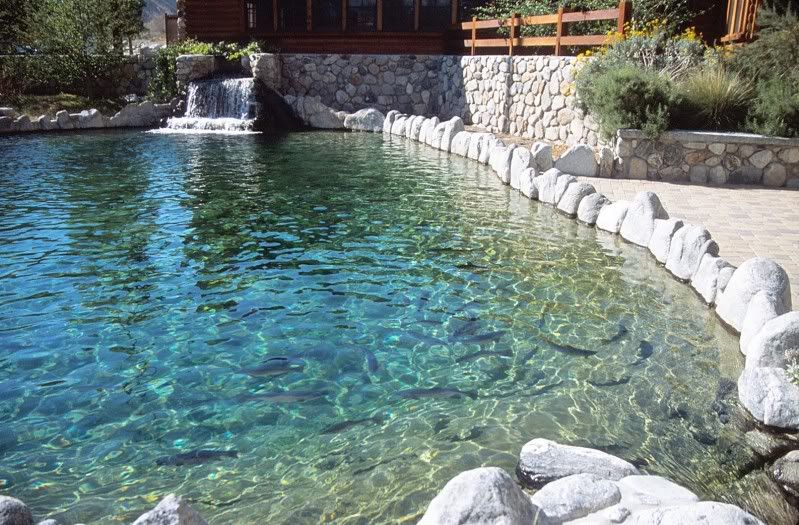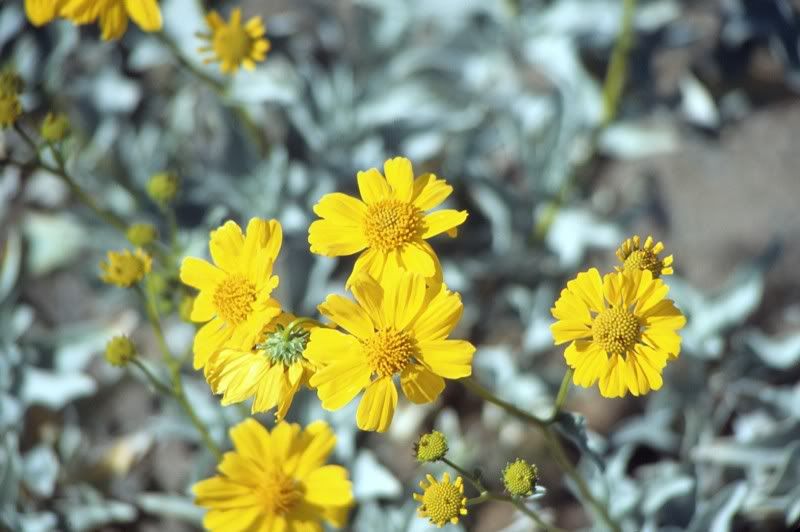Al: I am well aware of the history (and look) of the incarnations of Kodachrome. Not only did I shoot KII and KX, but I have a Kodachrome print of my father and mother on their wedding day ... yes, in the days when there was Kodachrome print material. (They were married in 1947.)
One variable in all this is that LENSES have changed. I will not argue whether K25 was or was not better than KII ... that is a matter of taste and preference. Yes, KII had a different curve and saturation than K25, but K25 made some things better. IIRC, KII often had problems with rendering blue skies "correctly".
Yes, K12 chemistry was an environmental problem. I can only presume it was serious, as Kodak was a real powerhouse back then, with expensive lobbyists and even more expensive lawyers. But at the time, I really doubt Kodak could find a way to clean up the effluent in a cost-effective manner or else ... they would have done so. It's easy, with today's advances in technology, to look back and say "Hey, they could have done it a different way!"
The one thing I regret is that Kodachrome 400 didn't make it to market. According to my source, it was based on T-grain technology and would have been an amazing product. But the market for chromes was drying up, not to mention the K14 process.
All that said, what we have today is K64. We should celebrate it for what it is, be thankful that the Yellow Father hasn't pulled the plug on it (yet), and buy it/shoot it.
Paul: I think Kodachrome is such an iconic product for Kodak (much like Tri-X) that it will survive many rounds of the bean counters trying to kill it off. Eventually, yes, it will be put to bed. But as long as Mary Jane Hellyar is at the film helm, she will protect it as much as she can.











